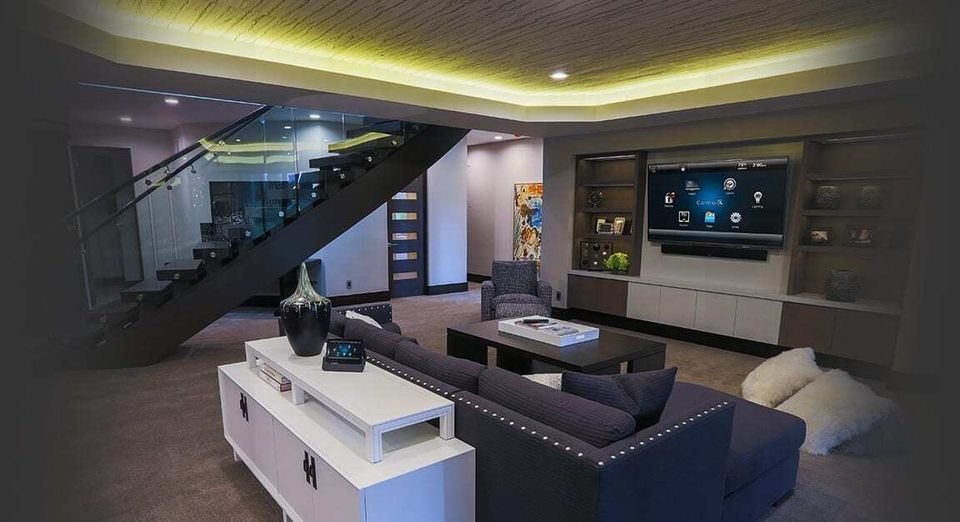Integrating Traditional Systems utilizing Advanced Audio Connectivity Technologies for Enhanced Performance as well as Adaptability.
In today's fast-paced world of sound technologies, the need to improve performance and adaptability in sound solutions is more important than ever before. Numerous entities and locations still rely on outdated technologies, which are older technologies that may fail to have the capabilities of modern equipment. However, harmonizing these legacy systems with state-of-the-art audio networking solutions can lead to substantial improvements. Audio networking allows for better communication between equipment, allowing it simpler to control and manage sound throughout different spaces.
A of the key advantages of combining legacy systems with modern sound networking is increased flexibility. Conventional audio systems often require complicated wiring and limited routing options. With audio communication technologies like Dante or AVB, audio transmissions can be transmitted over standard Ethernet connections. This means that operators can readily connect various devices without the requirement for extensive rewiring. Regardless within a concert venue, a educational auditorium, or a corporate function, this flexibility enables for quick modifications and changes to the audio setup without major delays.
Quality is another significant factor that enhances when web older systems are modernized with up-to-date networking technologies. Legacy systems may have difficulty to provide high-quality sound, particularly in larger venues or during complex occasions. By implementing sound networking, entities can take advantage of sophisticated features such as minimal latency, timing, and digital data processing. These advancements help guarantee that sound is distinct and uniform, enhancing the overall quality for listeners and artists together. This shift can create a marked impact in the way sound is experienced in different settings.
Additionally, harmonizing legacy systems with modern technologies can lead to cost savings in the extended run. Although upgrading to novel devices may require an initial cost, the efficiency gained through sound communication can lower upkeep costs and minimize the requirement for continuous fixes. Additionally, connected systems often need less tangible space than traditional installations, which can reduce on real estate costs in venues. Organizations can allocate funds better efficiently, utilizing the money they retain to invest in additional important areas.
Finally, training personnel on the method to operate combined technologies becomes easier with sound networking. Numerous modern audio networking platforms come with user-friendly controls and distant management capabilities. This indicates that including those who may lack extensive technical knowledge can learn to manage and control the audio systems efficiently. Training programs can be developed focused on these technologies, enabling personnel to manage and diagnose technologies with confidence. By combining the legacy with the new, organizations can create a more competent and skilled team, ultimately leading to better sound experiences for everyone concerned.